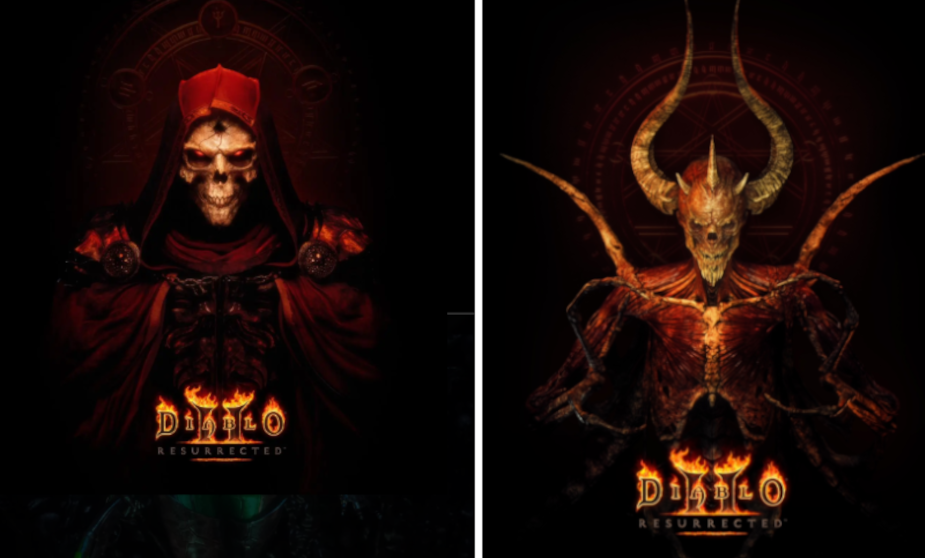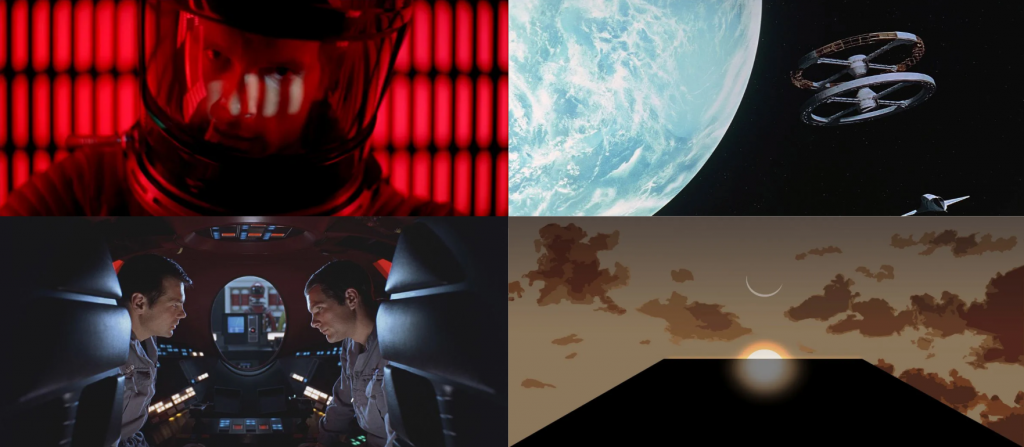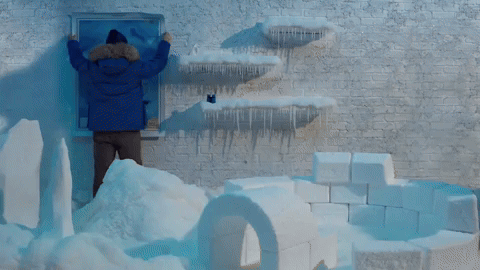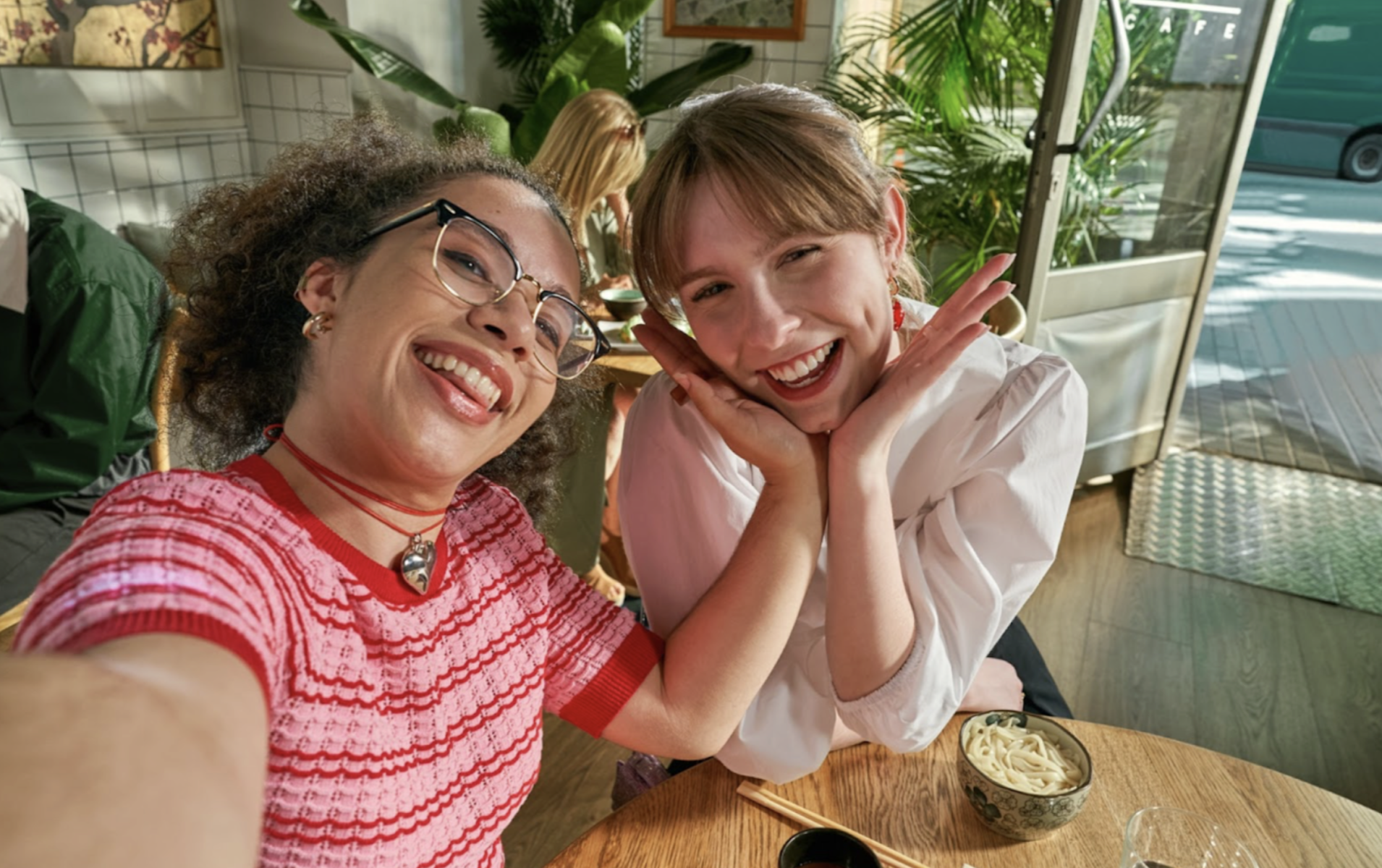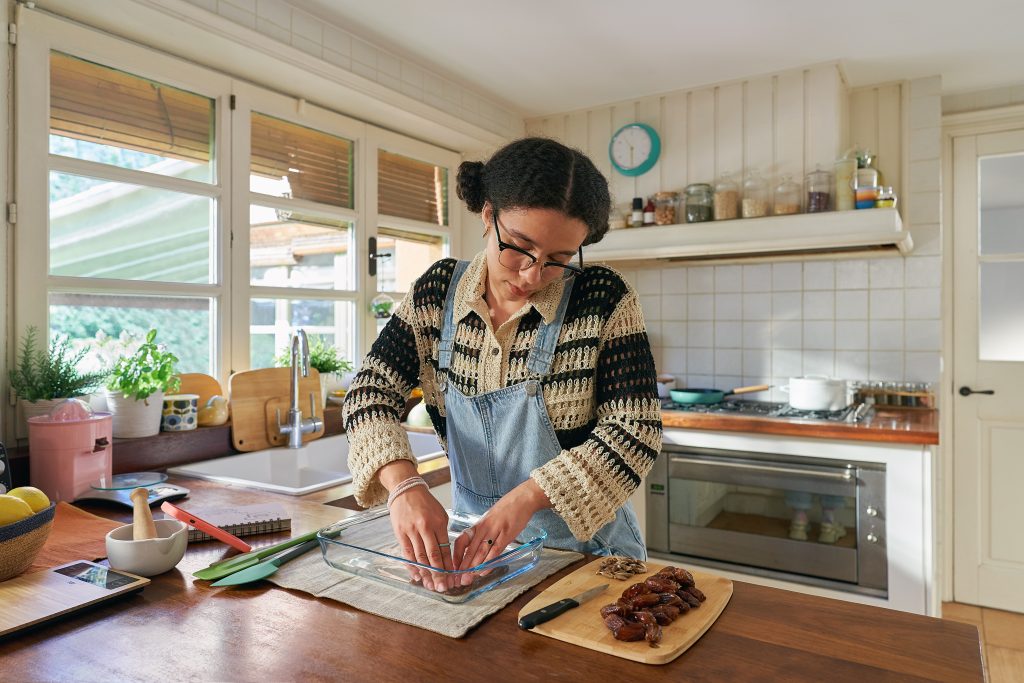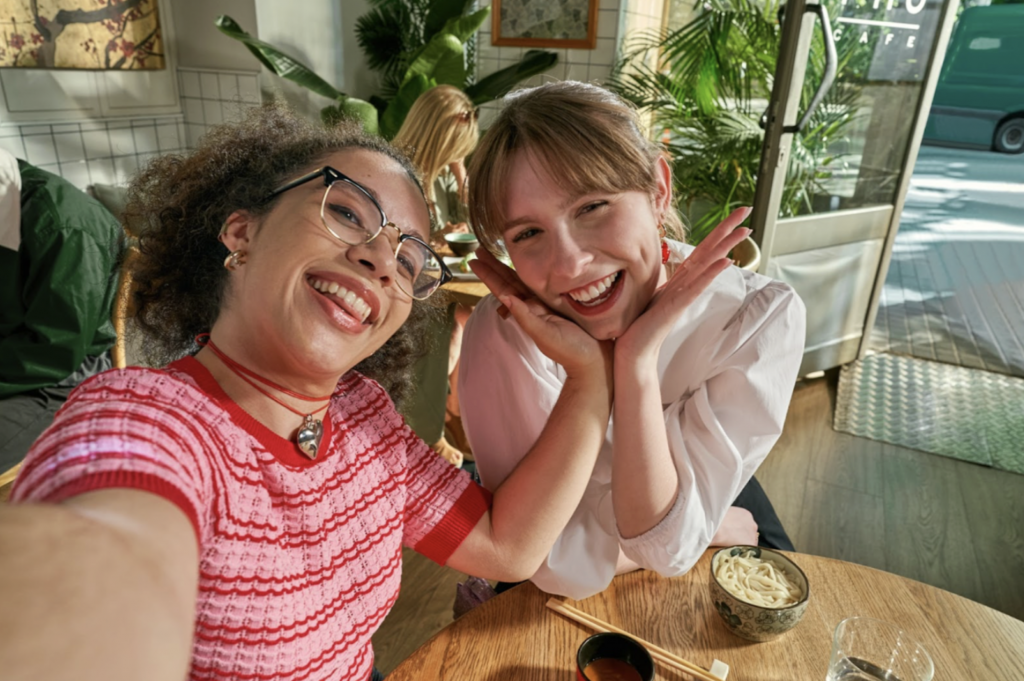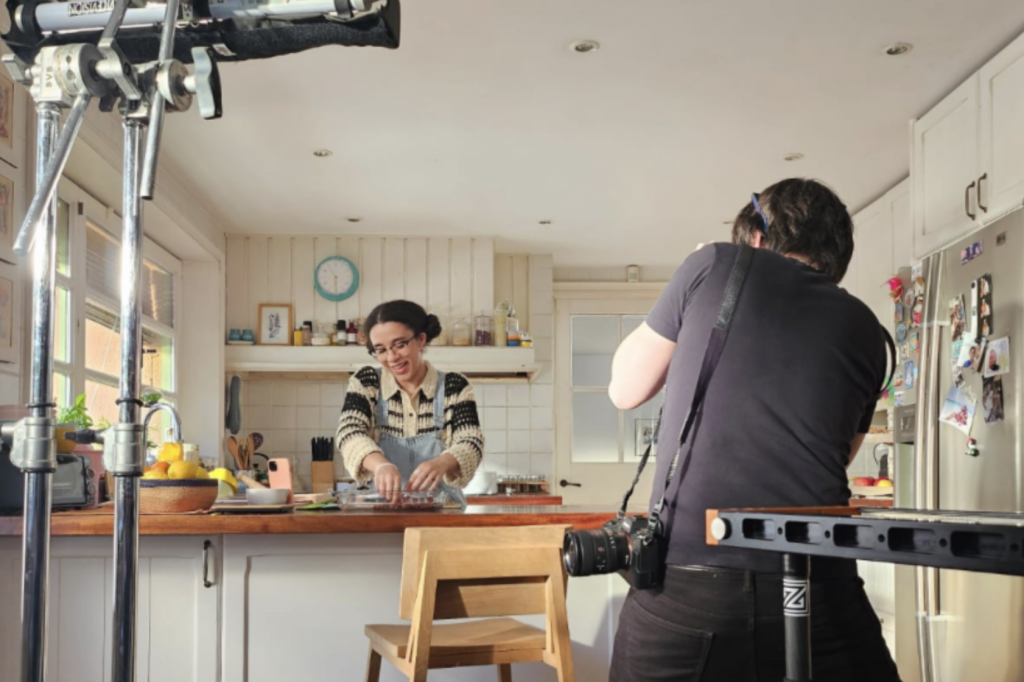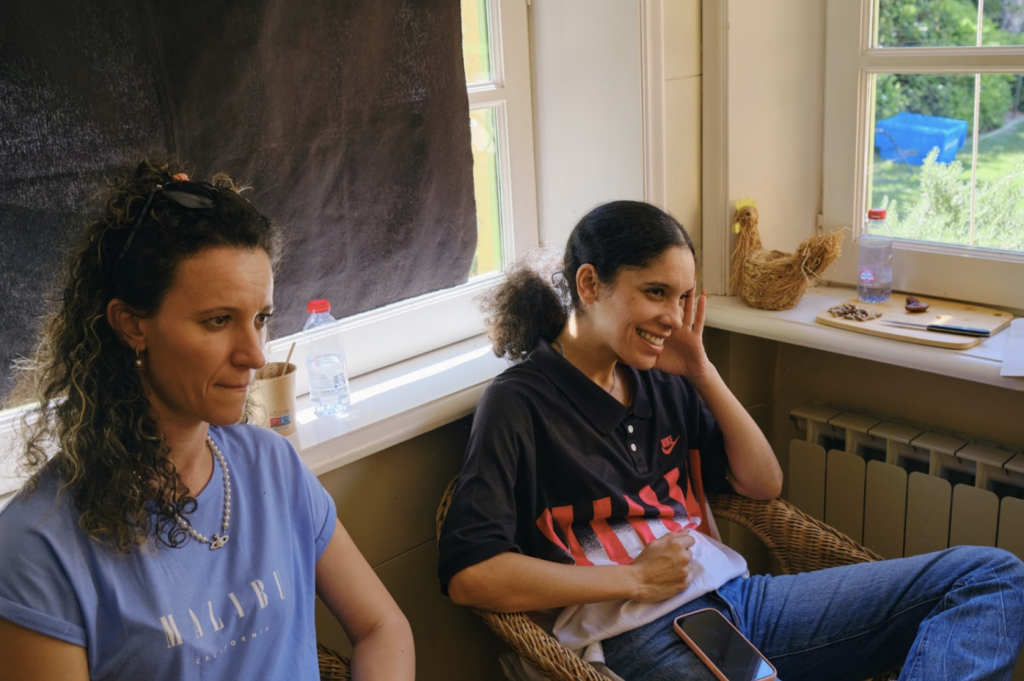When you think of UK Drill you don’t often think of the sand dunes of Arrakis but with visionary director Lewis Andrews new music video for Baza he brought the cinematic scope of Denis Villeneuve’s Dune adaptation to the music genre.
What inspired you to make this project?
I was first inspired to create Baza when I saw this frame from the Dune 2 movie.

I wanted to take the UK Drill scene, merge it with the Dune universe, and try to create something quite unexpected. I was kind of obsessed with the franchise for a while as it had such an impact on me in the theatre. BAZA was a way of soothing a creative itch.
One of the things that makes the Dune movies so special is Hans Zimmer’s music and sound composition. I was inspired by the delicate and haunting duduk sounds in Zimmer’s ‘Herald of The Change’. I produced a rough beat using some samples from the original score and it blended together really nicely with a basic drill beat that I arranged in a Final Cut Pro timeline. It was this demo that gave me enough belief that the project could be something really cool. I called my friend and music artist Richard Akam and put the wheels in motion for a Dune X Drill Scene video.
How did the music take shape?
From the very beginning, I knew I wanted to create every element of the project from scratch. Inspired by Hans Zimmer’s ‘Herald of The Change’ duduk composition, I sampled the duduk section of the track and merged it with a rough UK-drill style beat. I asked Richard Akam to write some lyrics to the demo beat. He is extremely gifted, always able to write something very easily and nail the vibe each time. The demo beat wasn’t good enough, and was just a tool we could use to shoot the video and get the lip sync tied in. I knew I wanted to also produce the beat for this project.
After the shoot was done, I started to experiment with a duduk composer Armen Kostani. I sent him a chord pattern so he could freestyle something in the same tone as Zimmer’s track. I started off using longer sections of the sample and then ended up cherry picking the best stems that had the cultural tonality and flare the instrument is famous for. I wanted the beat to have an electro-bass feeling similar to Alt J’s Fitzpleasure. The beat started off with buzz kicks, but that was the wrong direction. After many months of playing around and fine tuning, I took the beat to be professionally mixed and mastered at West Point Studios by sound engineer and magician Shane Shanahan. The beat took many twists and turns, mainly due to my willingness to explore and experiment. Shane really helped bring my track to life and played a pivotal role in channelling my vision in the coolest, highest quality.
How did you capture the aesthetic of Arrakis for the shoot?
I knew I needed to find a desert. I already had some locations in mind such as the Agafay Desert in Morocco. We wanted to shoot in Morocco but had difficulty with permits so we used the trip as a scout. Eventually, when I was working on Blade Runner 2099 – a six month job for Amazon Studios primarily based in Prague, I decided to use a weekend to attack the BAZA shoot in one sweep. The Amazon production also shot in Barcelona, so I ended shooting in Bardenas Reales, the closest desert to Barcelona I could find. I hired a fantastic production company, Activa Experience. The production company organizes shoots and tourists’ experiences in Reales. I studied some of the scenes and imagery from the Dune movies and noticed that I could achieve almost the same aesthetic in a rocky desert. This is despite knowing the Dune movies are iconically known for being set in sandy dunes. This was the perfect setting for BAZA and building the Arrakis vibe.
The next thing to pin down was the costume. I searched online for Dune stillsuit outfits and found an incredible designer brand, Demobaza which nails this look. I organised a Demobaza long overcoat, boots and trousers for Richard Akam, and the look was complete. The outfit is so incredibly detailed and punched strongly enough to give Arrakis an impression with a nod to a modern, futuristic sci-fi look.
The final piece to complete was some decent cinema glass for my RED KOMODO-X. I chose an Atlas Orion Anamorphic Primes set of 40 mm, 65mm and 100mm. The combination of location, costume, and lenses completed the Arrakis look.


Could you tell us more about how the project evolved in the post production stages?
The project then evolved heavily in production, both musically, VFX and the colour grading pipeline. When I saw the raw footage I realised there was lots of potential to expand the story and futuristic, space appeal to the video and make it something “off world”.
VFX work tends to capture an audience’s attention because it’s showing the audience something which generally cannot be achieved in camera. Even though I only shot a few things on location where I knew I wanted CG to go, it wasn’t something I vouched for with any real intent during the shoot. I shot a mix of wide and close coverage so I could manage VFX ‘from afar’ and not have to worry about perfecting realism with close-up CG. I shot some plates that would allow for the VFX to go in but without knowing the full extent of what I wanted to do. I wanted the focus to remain on the artist Richard Akam, and keep the CG to a minimum, almost like background details, as if the things happening in his world are not unusual to him in his world.
Some key visual effects I decided to focus on were, adding some planetary constellations (the impossible double eclipse), huge orange blooming moons and ‘The Black Dog’, which is the monolithic, triangular spaceship. I wanted the design of ‘The Black Dog’ to be simple, and have a hollowed-out core. Some subtle work helped to sell ‘off world’ in the video. For example, in the opening establisher that features the monolith style spaceship, simple paint outs of trees or earth-like features were replaced with CG asteroid craters.
A big part of this project was colour management within Da Vinci Resolve. Every 3D render was created in a linear colour space so that it could be transformed by CST’s in my node-based colour managed project. Once I had sorted out the correct colour space transform for the R3D footage (RED Wide Gamut, RGB, Log3G10) I found the mid grey point within the Da Vinci Wide Gamut colour space and nuanced a curve which served my clips on a macro level. I then used groups in Da Vinci to establish a look in a Group Post-Clip and then performed all of my clip level grades.
I wanted the VFX to be a big selling point of the final video. I knew that I wanted BAZA to have a heavily tinted aesthetic with deep reds, amber skies, and crushed highlights. This posed some challenges, maintaining a consistent look between the software I used to handle the post works: Cinema 4D, After Effects, Blender, Logic, and Da Vinci Resolve. 3D works were done in Cinema 4D and composed in After Effects, most of the EXR renders were conformed in Da Vinci so that I could do a full Rec. 709 round trip, and run the material through my pipeline built with node-based colour space transforms.
What is the biggest difference between directing a music video and a commercial?
A music video gives you a lot more expressive freedom, and feels closer to serving as a demonstration of an ‘artist’s work’. A commercial is usually driven in some way by a more rigid level of strategy, brand or message to sell a product directly on the back of watching it. A music video is selling a person, so they are kind of like personalised commercials for humans. They are similar in the sense that they build impressions of a product or an artist in the same way.
Do you have any dream artists you’d love to direct for?
Ye.
Lewis is currently running the BAZA Open Verse Challenge, with 4 international rappers from Nigeria, South Korea, USA, Germany, if you would like to find out more details about this click here.
To see more of Lewis’s work click here.









